My favourite type of art is "things that are better than they ought to be". I realised this a few years ago when watching Z Nation, a joyfully silly programme about zombies that everyone overlooked in order to watch a grim, portentous programme about zombies that was supposedly about the human condition (the human condition, presumably, of "running from zombies"). The latter show, The Walking Dead, was pumped up with self-importance, critical approval and a place assured in the canon of golden-age drama (at least in its early days). Z Nation was an ostensibly dumb b-movie of a show produced by a production company, Asylum, that produced dumb b-movies, but it ran gleefully at the cameras with as many clever sci-fi mash-ups as it could fit into a 40-minute narrative.
In short, The Walking Dead had one clever idea (“let’s treat a zombie apocalypse as if it’s something that could potentially happen”) then milked that for nine series until it was a shambling husk. Z Nation had a less-groundbreaking conceit (“we know that zombies are ridiculous”) into which, emboldened by its ridiculousness, it plugged a hundred clever storytelling devices.
Z Nation became my favourite show on television for a while and, when I tried to figure out why, I realised that I have a "type". I am also enthralled by the slightly deranged, culture-riffing charm of the Batman prequel series Gotham, for example. I far prefer it to The Dark Knight's gritty, constipated masculinity. And yes, I'll also take the ad-and-YouTube-fuelled inventiveness of The Good Fight over True Detective's self-satisfied literariness. Don't get me started on how Adventure Time's movingly odd tale of the last human boy and his dog is superior to Game of Thrones's epic portentousness, even if the former is a children's programme on the Cartoon Network and the later was on HBO and has nudey ladies and scowling.
"Things that are better than they ought to be" is a very specific subcategory of art in my head. And don't misunderstand me. This is not about the gleeful postmodern appreciation of things which are camp and lowbrow and trash. That's just a straightforward case of enjoying cultural junk food while being a fully rounded human being. I do it all the time. It's what the internet was invented for. That's definitely not what I'm talking about here.
What I'm talking about is stealth brilliance in the guise of throwaway culture, things that surprise you with their hidden depths or unmapped breadths. These are literally things that are better than they ought to be. I developed this aesthetic bias in the 1980s as a child in middlebrow, middle-class middle Ireland. We didn't exactly have culture flying at us back then, I have to say.
The Monkees made me want to sing and I was, 10 years later, deeply disappointed that being in a band wasn't like an episode of The Monkees
My first experience of something that was better than it ought to be was Sixties teensploitation sitcom The Monkees. It was all about a cohabiting rock band. It was assembled by entertainment industry cynics cashing in on Beatlemania and made up, ultimately, of a couple of real folk musicians and a couple of child stars. They were just meant to be the yellow-pack Beatles, but something strange happened. They turned out to be charming and hilarious, and they sang some of the most genuinely great pop music of the decade (Steppin' Stone is, I reckon, the best song of the 1960s). They were, in short, better than they had any right to be. The four members of the band were so imbued with a yearning to create real art they went onto make the experimental pop art film, Head, co-written by Jack Nicholson. We'll forgive them. It's fascinatingly terrible but does contain the sublimely beautiful Goffin and King composition Porpoise Song.
Episode
The Monkees made me want to sing and I was, 10 years later, deeply disappointed that being in a band wasn’t like an episode of The Monkees. Decades on and my five-year-old nephew also loves episodes of The Monkees and I hope that a few years from now he too will be in a band that he is secretly disappointed isn’t like being in an episode of the Monkees.
The 1980s and 1990s, when I was coming into my teens, were a golden age for beneath-the-radar greatness and things that were “better than they ought to be”. There weren’t as many outlets for art then as there are now, so creative people who got jobs in music or television or comic books or media had to find interesting ways to shoehorn their ideas into pre-existing structures. Also, I think, punk rock had given people permission to skewer conspicuous pretention and embrace the lowbrow, short and catchy.
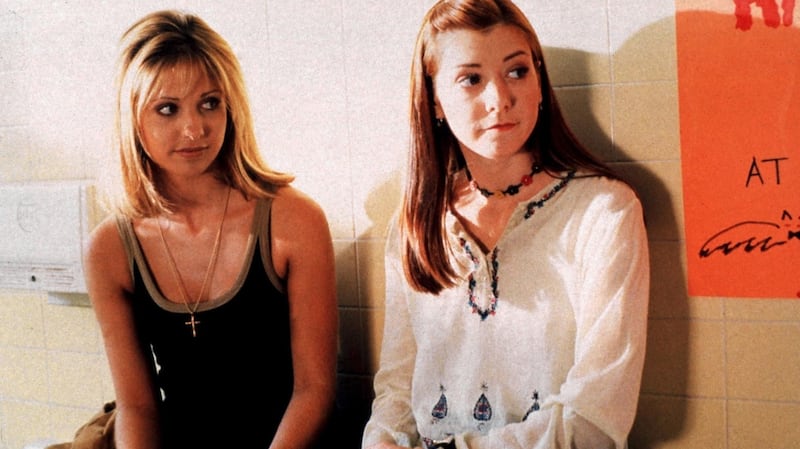
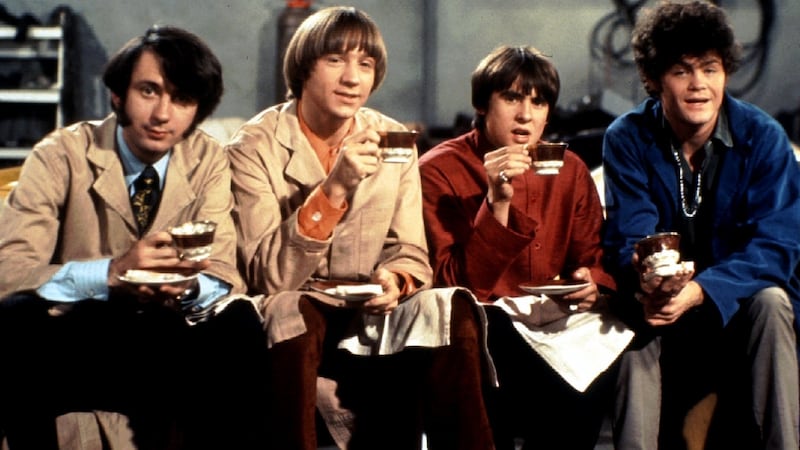
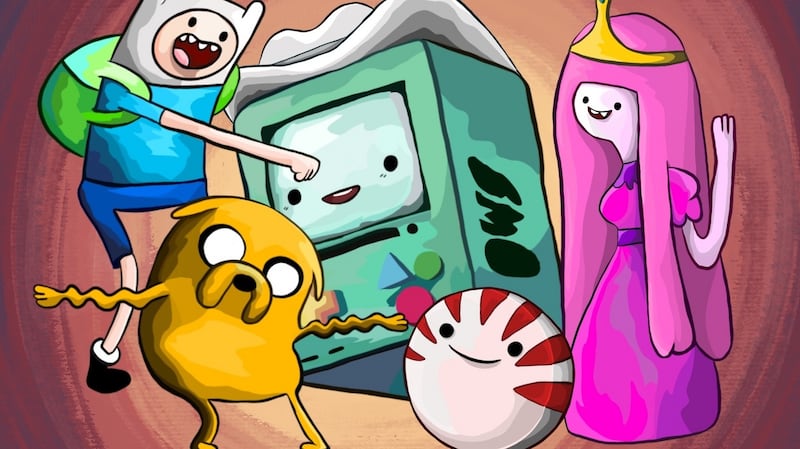
In this spirit Pat Mills, Kevin O'Neill, John Wagner and some other writers and artists went into a quiet corner of IPC publishing in the late 1970s and created the galaxy's greatest comic, 2000AD. These people had big, esoteric ideas but they had carved careers for themselves in children's comics. 2000AD was ostensibly a child's comic too. The first issue of 2000AD came with a free toy (a "space spinner"; I've no idea what it is but I've wanted one for 30 years) and the medium was considered so ephemeral that no one ever thought it would still be there when they reached the eponymous date.
By the time I was reading it in the late 1980s, it was specialising in apocalyptic anti-heroes – morally ambivalent fascists like Judge Dredd, amoral Morrissey-bequiffed superhero popstars like Zenith, dystopian space-faring class warriors like Halo Jones. It was meant to be producing badly drawn romps to keep the kids quiet between humiliations, but instead it titillated us with sex and violence and filled our minds with countercultural philosophy, satire and politics. And it did this without missing an action-filled beat.
By the late 1980s its key figures were working on "adult" comics that dealt with even more sex and violence and even more anti-Thatcherite counterculture – comics such as Deadline, Crisis and Revolver. And then many of the writers, including Peter Milligan, Grant Morrison and Alan Moore, became part of the UK invasion of American comics that helped comic books to become the kind of highbrow medium that 2000AD never aspired to be and that gets regularly reviewed in newspapers like this one. 2000AD was way better than it ought to have been.
They once represented how boring they found Chirs de Burgh by having his rambling answer to a question disappear in smaller and smaller text down the page
My other favourite periodical of this era, Smash Hits, was meant to be a pop magazine for teenagers. I picked it up because it featured pull out posters of pop singers and reprinted hit song lyrics. (Years later I learned from journalist Sylvia Patterson’s excellent memoir I’m Not with the Band that the lyrics were literally transcribed, sometimes inaccurately, from the office stereo.)
Former punks
But there was more to it than this. Writers such as Tom Hibbert, future Pet Shop Boy Neil Tennant and the aforementioned Patterson were former punks who simultaneously loved silly pop music and knew not to take its egotistical purveyors seriously. The popstars of the day were, in an era before media training, generally happy to play along. This was when pop music was filled with similarly inclined musical pseuds (Scritti Politti had a song called Jacques Derrida; OMD wrote Enola Gay about the aircraft that dropped the atom bomb on Hiroshima).
So the Smash Hits writers used absurdity to subtly trace the edges of UKs class system and satirise pop music's vast pretentions – all while staying within the constraints of a music interview format. They asked questions like "Does your mother play golf?" They once represented how boring they found Chris De Burgh by having his rambling answer to a question disappear in smaller and smaller text down the page.
And, when the creators moved on to Q magazine, they deflated popstar preposterousness in their photo captions. "Sometimes I think I'm tired of asses," said a caption under a glum-looking David Lee Roth alongside some bikini-clad bums. "Who am I kidding? I love asses!" declared the caption on the next page beneath a thrilled-looking David Lee Roth next to the same bums. That single gag is probably why I went into journalism.
In my mid-20s, the best programme on television was Joss Whedon’s Buffy the Vampire Slayer. It was set in an American high school. It had a stupid name. It had a stupid conceit (a teenaged cheerleader is fated to fight vampires). It was, like many great things, first beloved by young women. They were completely right to love it. It had everything such a programme required in the 1990s – action, romance, vampires – but it was also self-satirising, formalistically inventive (it had series-long arcs, a silent episode, a musical episode, a staggering episode about grief), and weirdly politically prescient (its sixth-season antagonists, the Trio, were a premonition of toxic online masculinity). Buffy is, as you can guess, far better than it ought to be.
The idea that you might take a television drama very seriously is accepted now. Even in the late 1990s there were overblown television programmes beloved by pseuds who previously pretended to have never even seen a television (ahem, The West Wing). The difference with Buffy was that the delivery mechanism was teenage-girl-focused horror, just as David Lynch’s Twin Peaks was supposedly just a wigged-out soap and Hill Street Blues was technically a police procedural.
Churn out
I could keep listing stuff. William Shakespeare. He was better than he ought to have been. His job was simply to churn out melodrama to keep the drunken Elizabethan masses from rioting, but in the process he set the template for western drama and a benchmark for elevated wordsmithery.
Charles Dickens. He was better than he ought to have been. He was just meant to be a hack journalist churning out serialised soap operas for the newly literate, newly washed masses. Instead he wrote humane works of genius that will be televised until the end of time and spawned an overused adjective for world-building genius (Dickensian).
Nineteen-nineties teen drama Press Gang, My So-Called Life, Stephen King, Douglas Adams, Viz comic, pop singles produced by the Neptunes, Ursula le Guin, Zig and Zag, Horrible Histories, Sue Townsend, the music of the Sugababes. These were all far, far better than they ought to have been. By now I'm sure you have examples of your own.
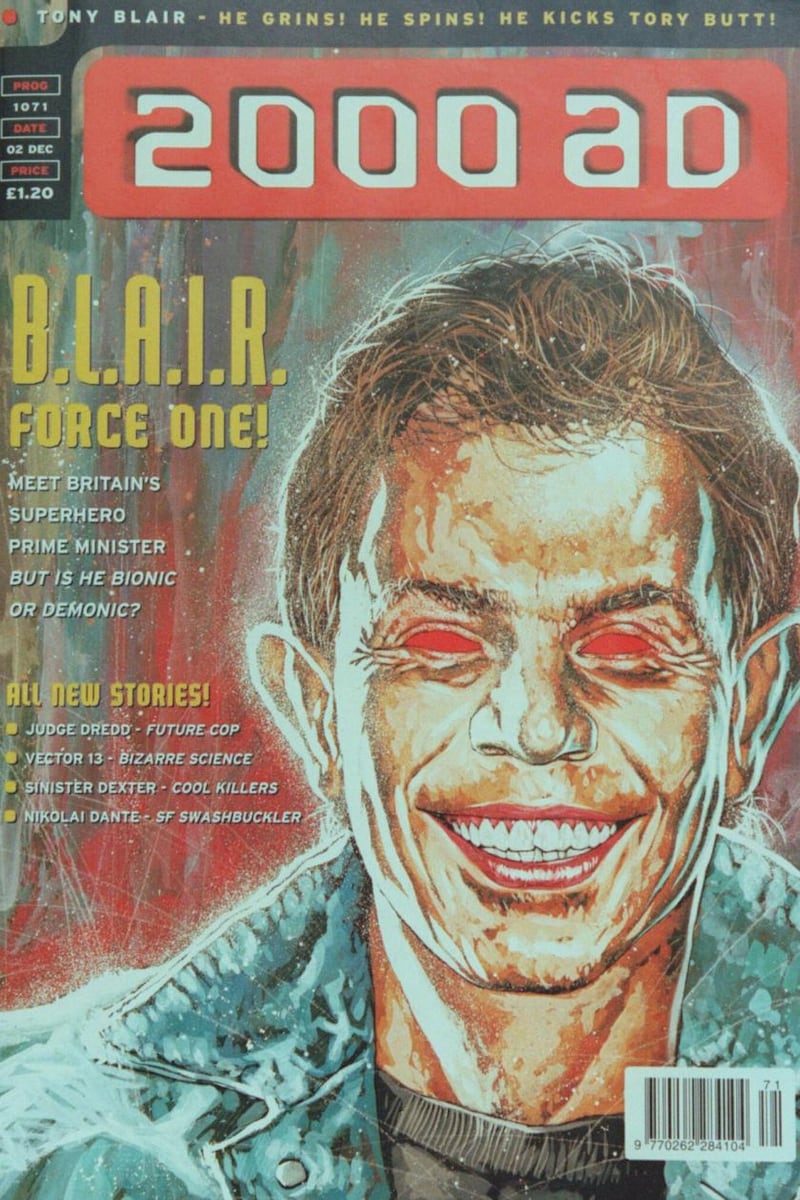
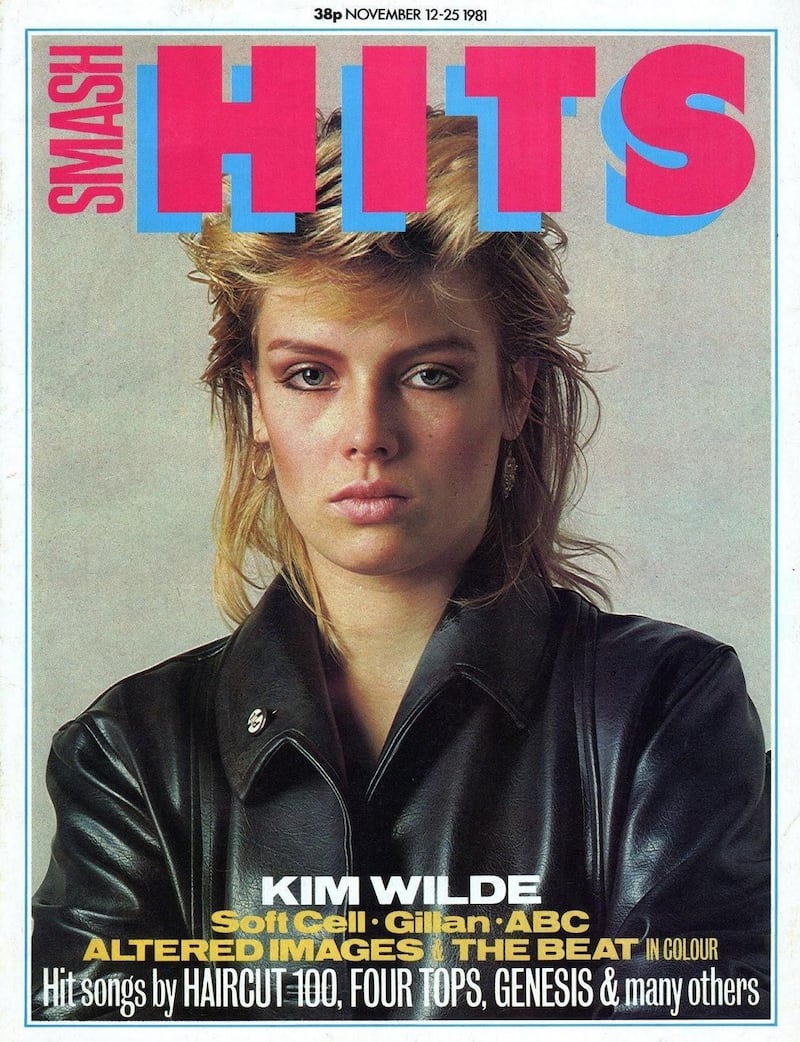
I suspect what I’m talking about exists in every era but flourished amid the 20th century’s explosion of pop cultural forms. Youth cultures embraced those forms and the young people in those cultures grew up to work inside them. They realised that the forms were beautiful in themselves and the content didn’t always need to be dumb or childish (though sometimes that’s great too). And so the art that’s better than it ought to be is usually objectively very good but just happens to come in a surprising container. And that is why it’s so significant for me and, I suspect, to some of you reading this. It was actively subversive. When I was young, before the internet, we grabbed at whatever snippets of culture floated by our field of vision. And then, sometimes, when watching, reading and listening to something purely to divert our bored minds, we were blindsided by genius and were changed as people.
And these things were, even more importantly, gateways to harder stuff. You could go from the children comic strips of 2000AD to esoteric sci-fi of Michael Moorcock and JG Ballard. You could get from the playful anarchy of The Monkees to the experimental arthouse films of Antonioni. You could get from the crypto-feminist violence of Buffy the Vampire Slayer to Gloria Steinem. You could go from Scritti Politti to Jacques Derrida.
Cultural pointers
But there’s more to it than that, because now that I no longer need these cultural pointers (what with having broadband and friends with dubious “opinions”), I still love that kind of art. It’s partly because the stuff that’s better than it ought to be needs, by its very nature, to be very accessible. Like a lot of terrible culture snobs, I believed for a while that art was meant to be hard and that accessibility was a sign of simplicity. In fact, doing the clever things that the aforementioned creators did while simultaneously fulfilling the brief of the sitcom/adventure comic/pop song/teen drama usually takes way more craft than that required to produce a self-consciously intellectual novel or a formalistically freewheeling arthouse film or a serialist composition for laptop, cymbal and marimba (this may well be your thing, I’m not knocking it).
Nobody comes across the music of Xenakis on a Now 14 compilation or accidentally picks up and enjoys Finnegans Wake in an airport
I know I’m probably betraying a lot about myself here. There’s certainly a personality element to my preference for things that are better than they ought to be. If you have a chameleon-like ability to hide your freakiness beneath a thin veneer of conformity, then you’ll probably like things of this sort too. I have good friends who have different life experiences and engage with art differently. I know more iconoclastic folk who like their art-shocks to be right on the surface, drowned in industrial sounds and covered in bodily fluids. I know conspicuous appreciators who pride themselves on liking things that are unloved by that famous schmuck, the common man. Art for them is a sign of their “difference”. I also have more creatively masochistic friends who like their art consumption to be a formalistic struggle. Unless chapter two is giving them a migraine or the third movement hurts their ears, they don’t feel like it’s worth it.
Look, I get it. I tend to like a lot of that stuff too when I’m in the mood. There’s a place for everything. But nobody comes across the music of Xenakis on a Now 14 compilation or accidentally picks up and enjoys Finnegans Wake in an airport. I still love the stuff that sneaks up on me from disrespected genres and forms and cultural corners. I still love things that are better than they ought to be. They’re still out there. They’ll always be out there. And I know them when I see them. In my house the discovery is usually heralded by me turning to my television-watching partner (in the old days we called them “spouses”) and saying, with delight, “Wow, this is actually good, isn’t it?”












